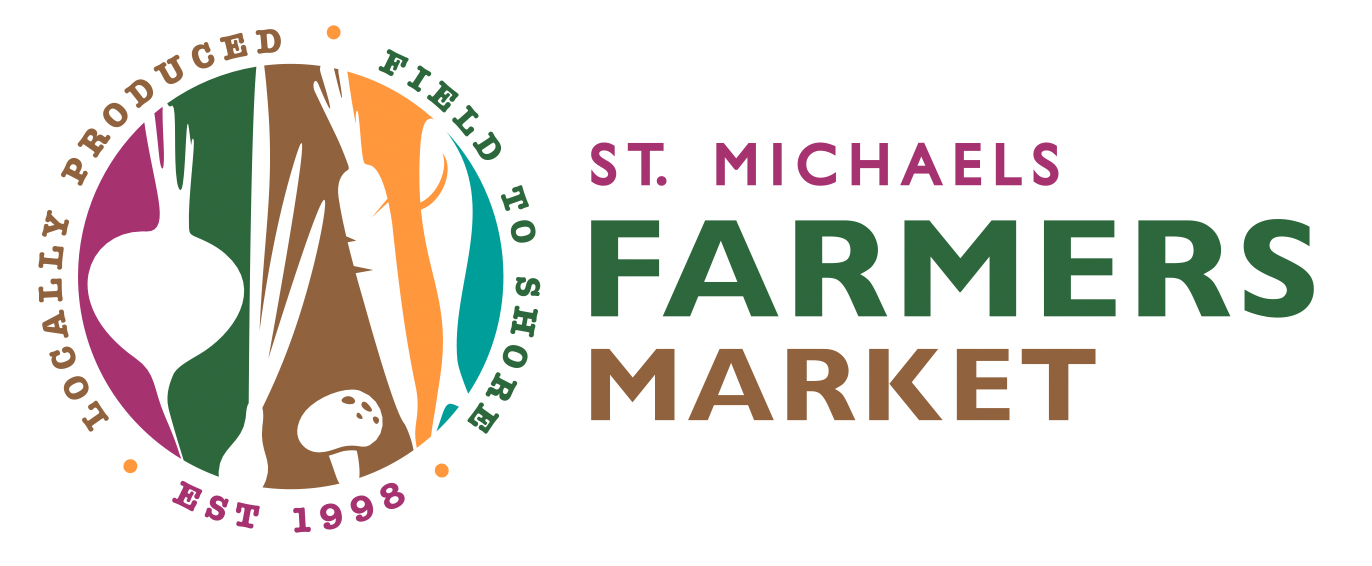Market Glossary
A few helpful terms for navigating market.
Certified naturally grown
An alternative to USDA organic certification, the certified naturally grown system, or CNG, commonly corresponds to USDA organic standards, though certification is done on a farmer-to-farmer basis.
Certified organic
USDA organic certification assures customers that products are produced using appropriate organic practices that cycle on-farm resources, promote ecological balance, and conserve biodiversity. Organic produce must be grown on soil that has applied no prohibited substances, such as certain synthetic fertilizers, pesticides, or GMOs (see below), for at least three years prior to harvest. Organic meat must come from animals fed organic feed, raised without antibiotics or hormones, and living in natural conditions (such as free range or on pasture). Farms must be USDA certified to be deemed officially organic.
Conventional farming
Conventional farming refers to standard agricultural practices that are wide-spread in the industry at large. This can, but does not necessarily, include use of pesticides, synthetic fertilizers, “mono-cropping,” antibiotics, hormones, and other chemical approaches, as well as the use of GMOs.
Free range
Livestock, primarily poultry, that is raised in natural conditions, with freedom of movement and access to the outdoors. This widely used marketing term (also seen as free-roaming, pastured, or cage-free) is often unregulated. Ask your farmer about their practices.
Gleaning
An age-old practice now used at farmers markets for collecting leftover produce and food products for charitable organizations, such as food banks and soup kitchens.
GMO
Genetically modified organisms, or GMOs, are plants and animals whose genes have been altered to create new, more desirable traits, such as longer shelf-life, different color, or resistance to certain pests, disease, chemicals.
Grass fed
According to the American Grassfed Association, genuine grass-fed meat must come from animals raised on pasture, fed a diet of only grass and forage, without confinement, antibiotics, or added growth hormones. This widely used marketing term is unregulated. Ask your farmer about their practices.
Heirloom
Crop varieties developed by farmers through years of cultivation, selection, and seed saving. Often refers to those in existence for at least 50 years.
Heritage
A term that refers to traditional breeds of livestock, including pigs, beef, turkey, and chickens, bred over time to adapt to local environmental conditions and withstand disease, usually making them well-suited for grazing and pasturing.
No spray
This term indicates that no synthetic pesticides, herbicides, or fungicides have been applied to the crop at any point in its production.
No till
A farming practice of reducing soil erosion by planting crops without tilling the soil, which may rely on herbicides to control weeds.
Producer only
This term refers to markets at which vendors, such as farmers, producers, and other makers, are only permitted to sell direct items they have themselves produced. Read more about why this matters here.
Regenerative farming
Also commonly corresponding to USDA organic standards, this holistic land management describes farming and grazing practices that seek to reverse climate change by rebuilding soil organic matter and restoring degraded soil biodiversity, resulting in both carbon drawdown and improving the water cycle.
SFMNP
The Senior Farmers Market Nutrition Program provides benefits for low-income seniors providing access to nutritious food..
SNAP
The USDA’s Supplemental Nutrition Assistance Program provides benefits for low-income individuals and families, which can be used like a debit card to purchase eligible food, such as fresh fruit, vegetables, meat, dairy, etc., at SNAP-approved farmers markets and retail stores.
WIC
The Special Supplemental Nutrition Program for Women, Infants, and Children provides nutritional assistance for expecting mothers and those of children aged five and under.
This glossary is for educational purposes only. It does not endorse or discredit any of the practices included herein.

